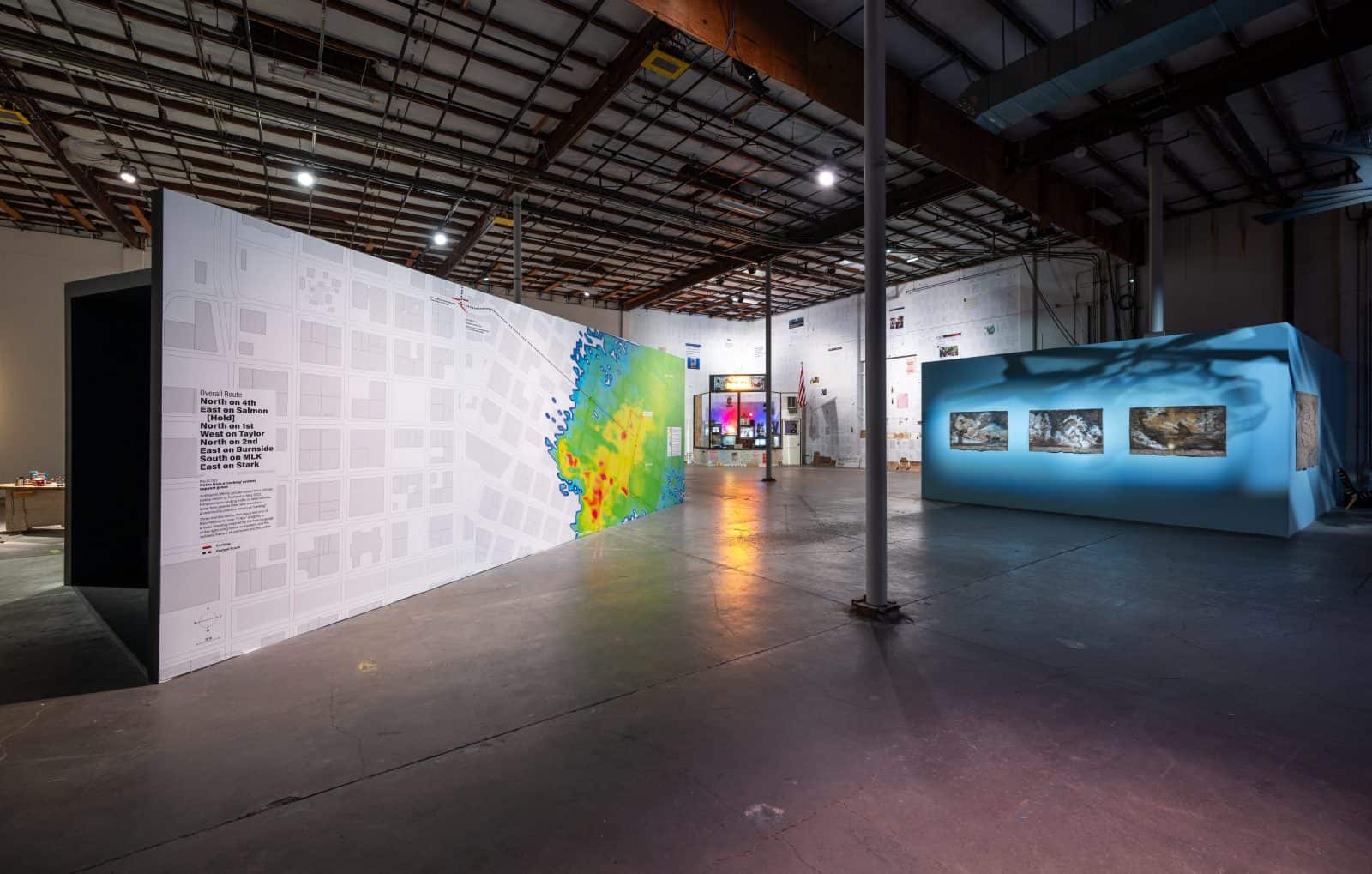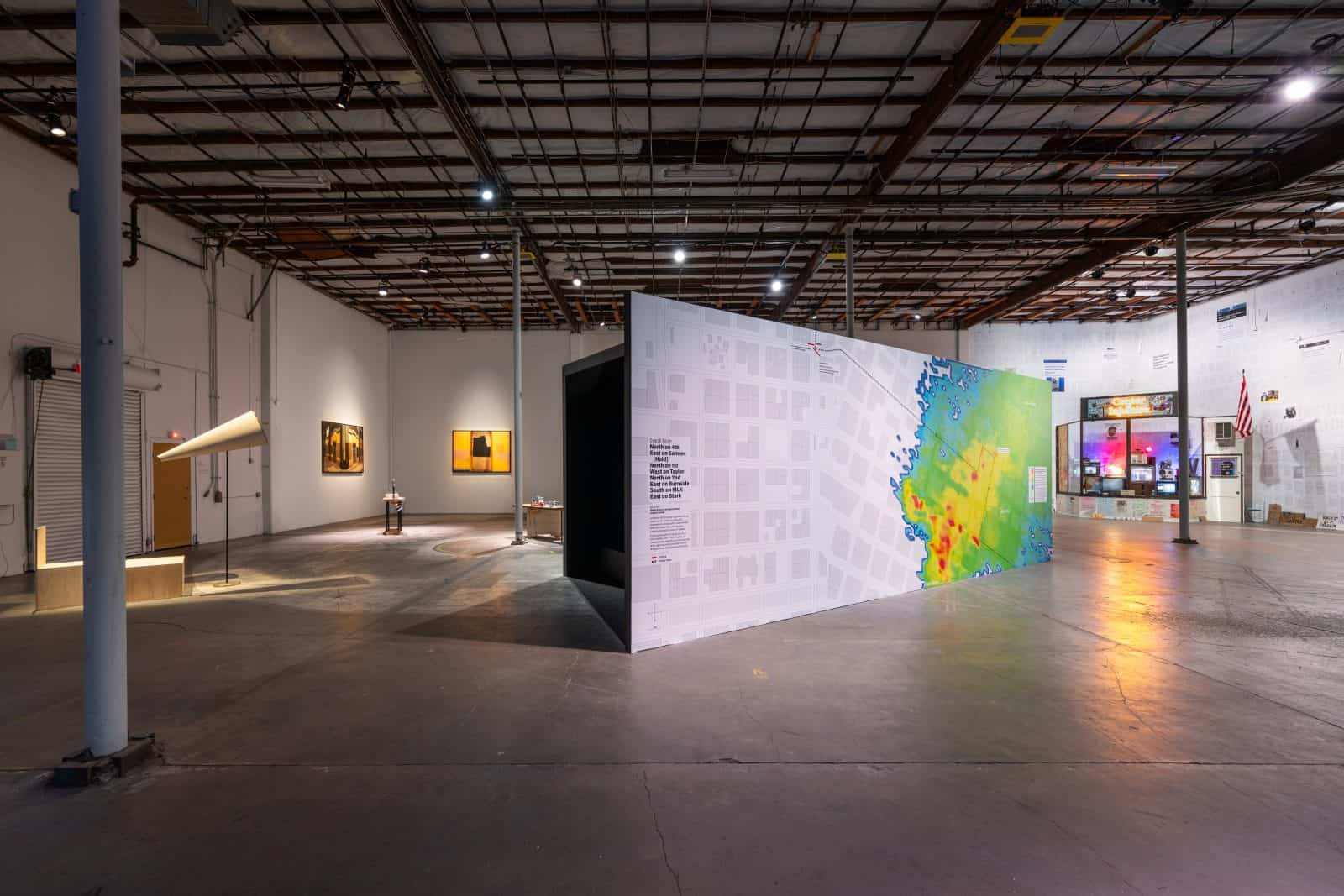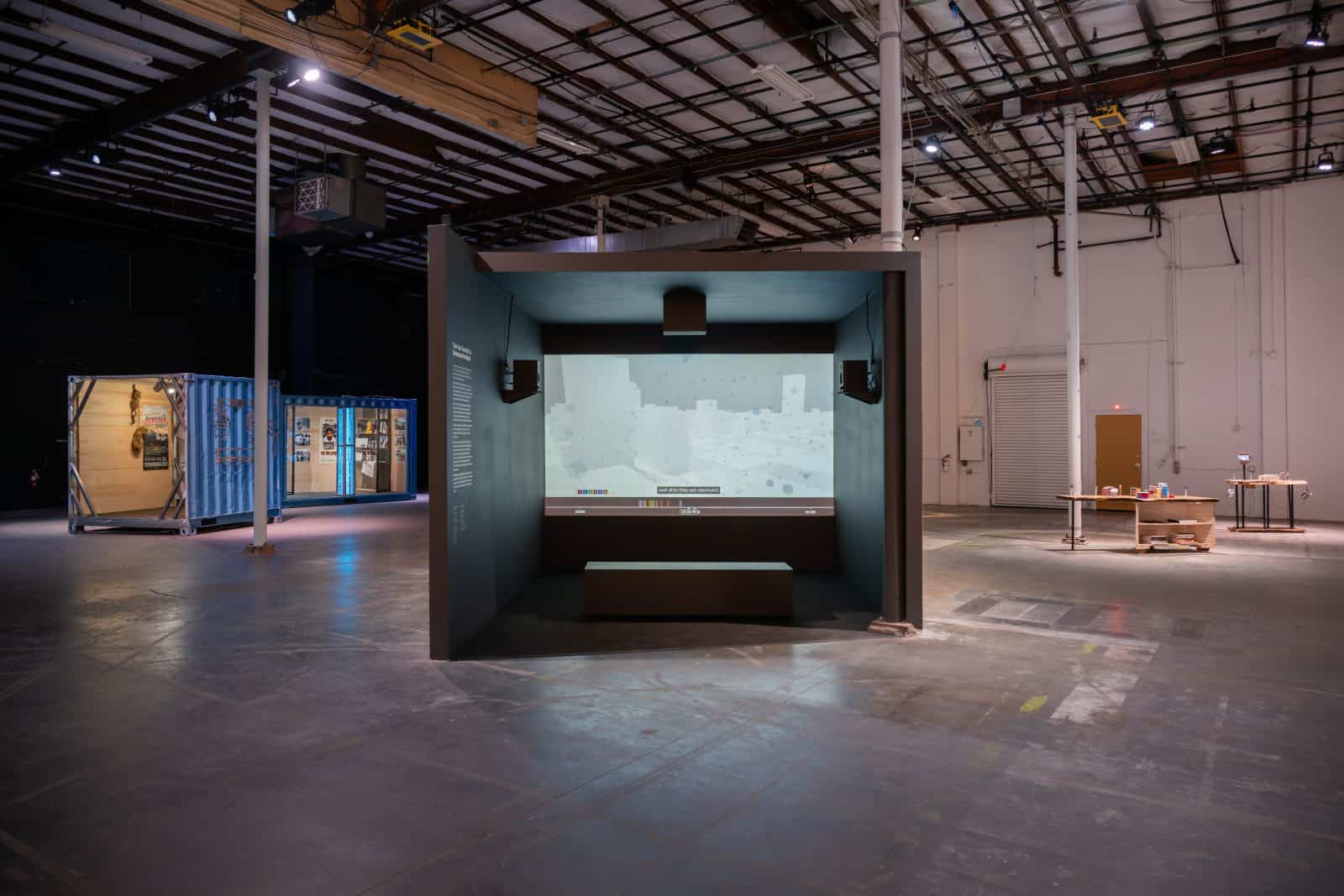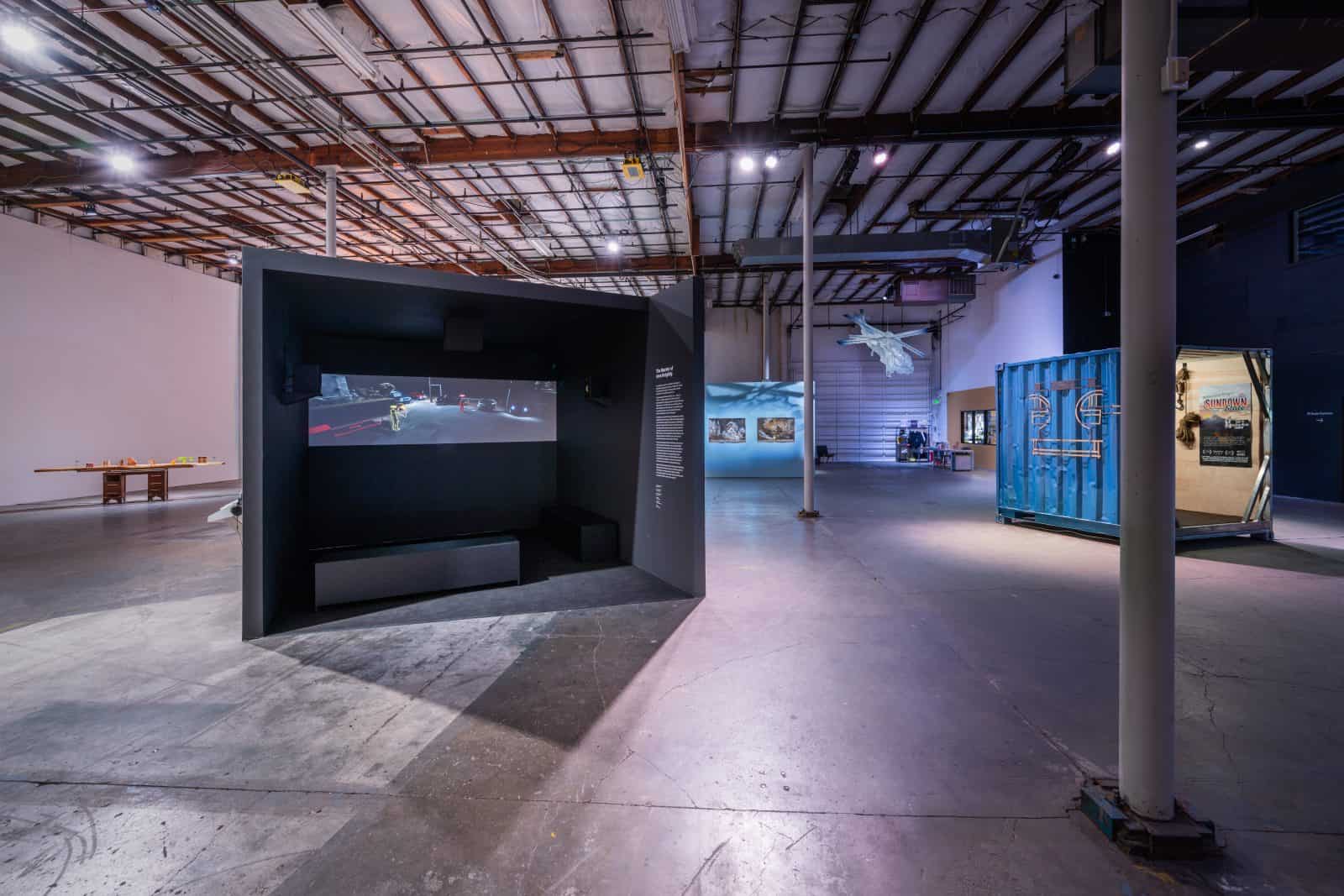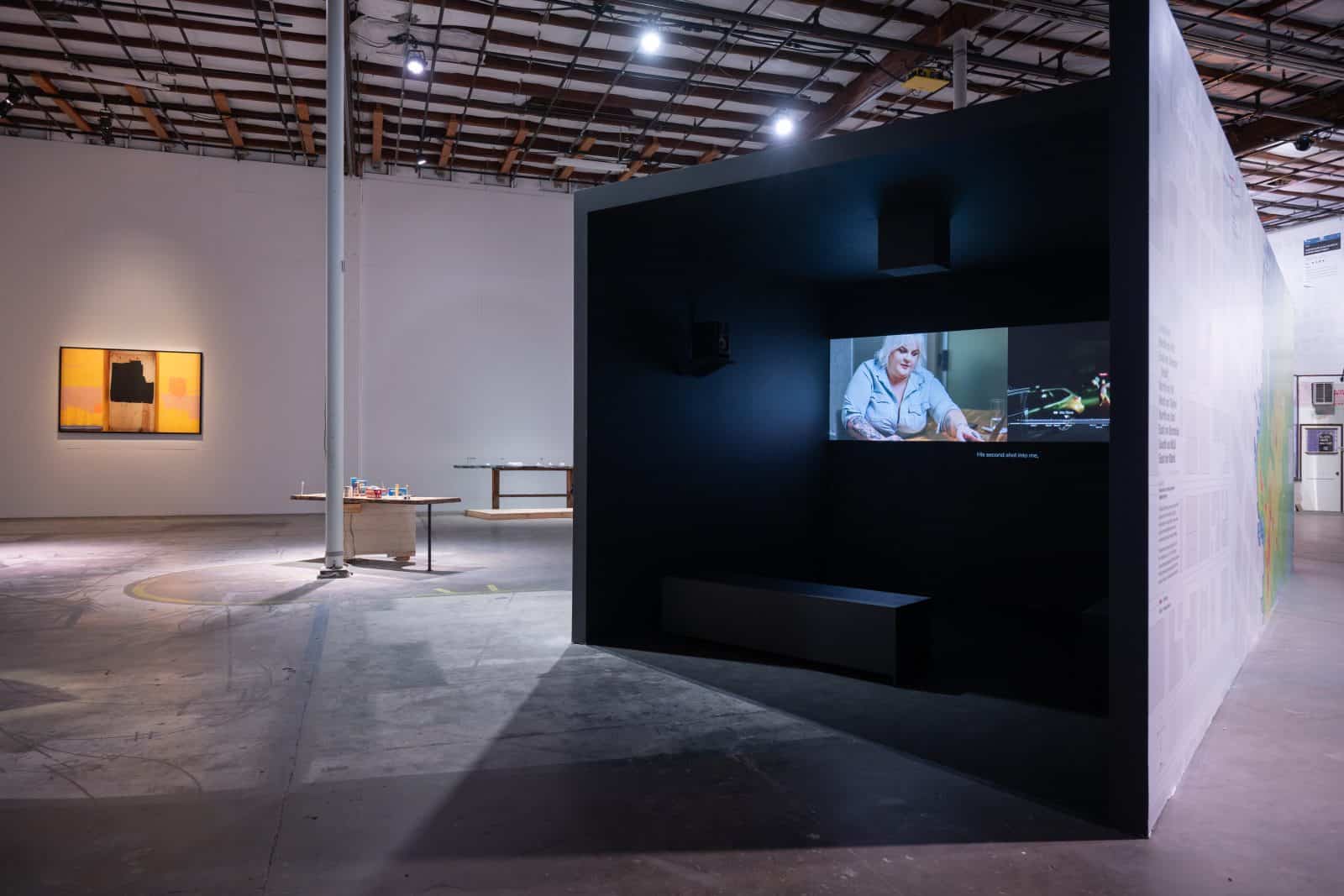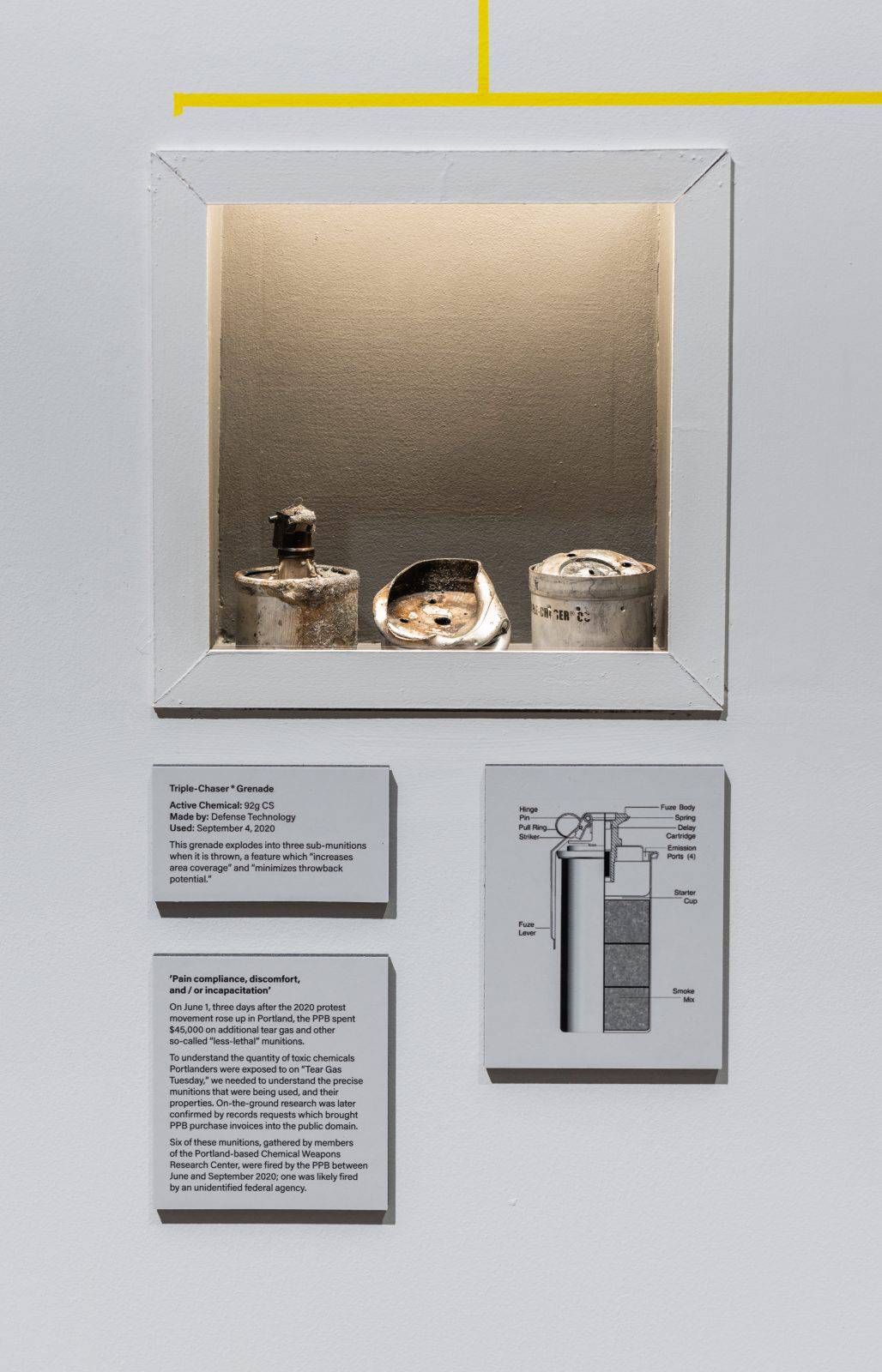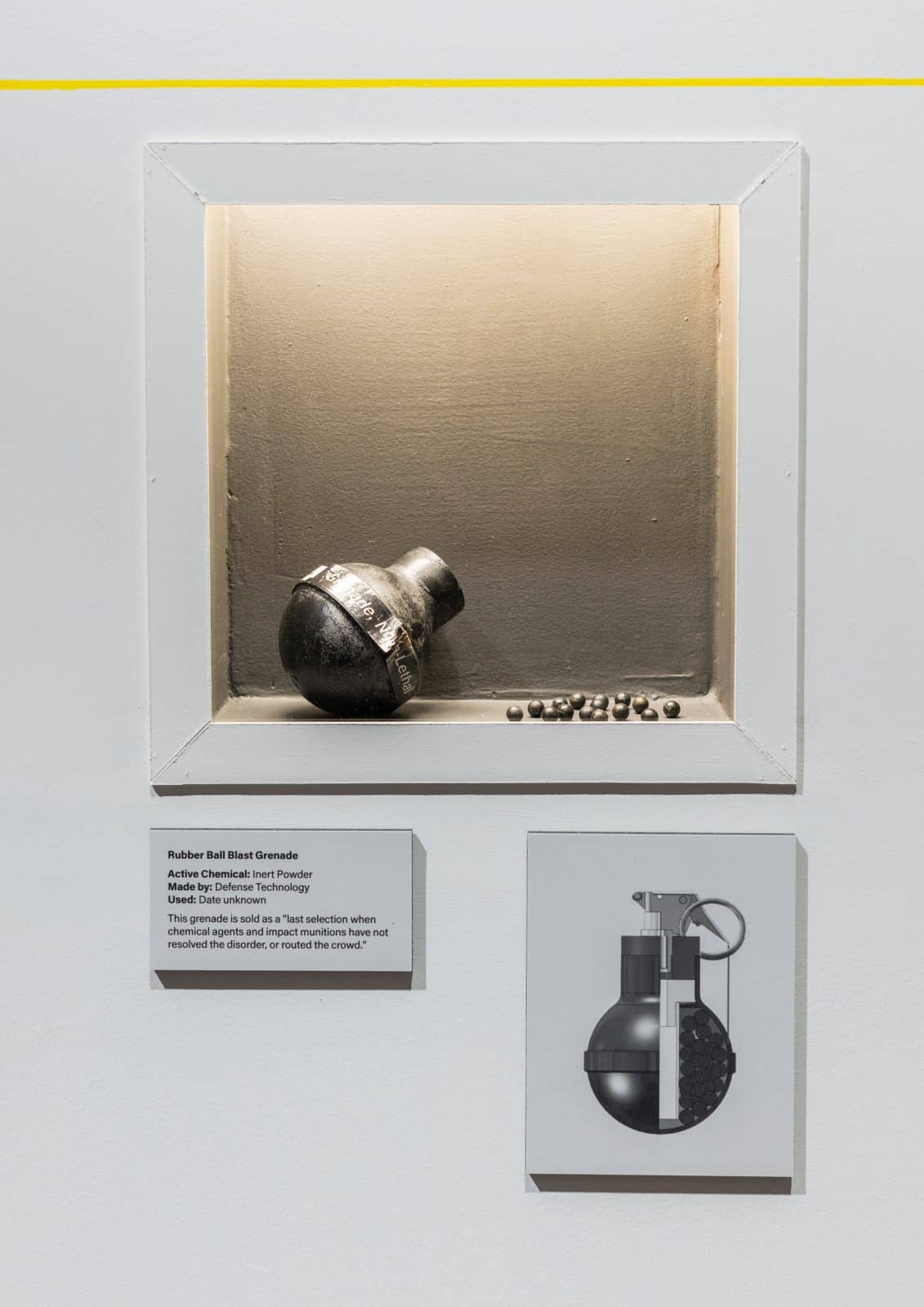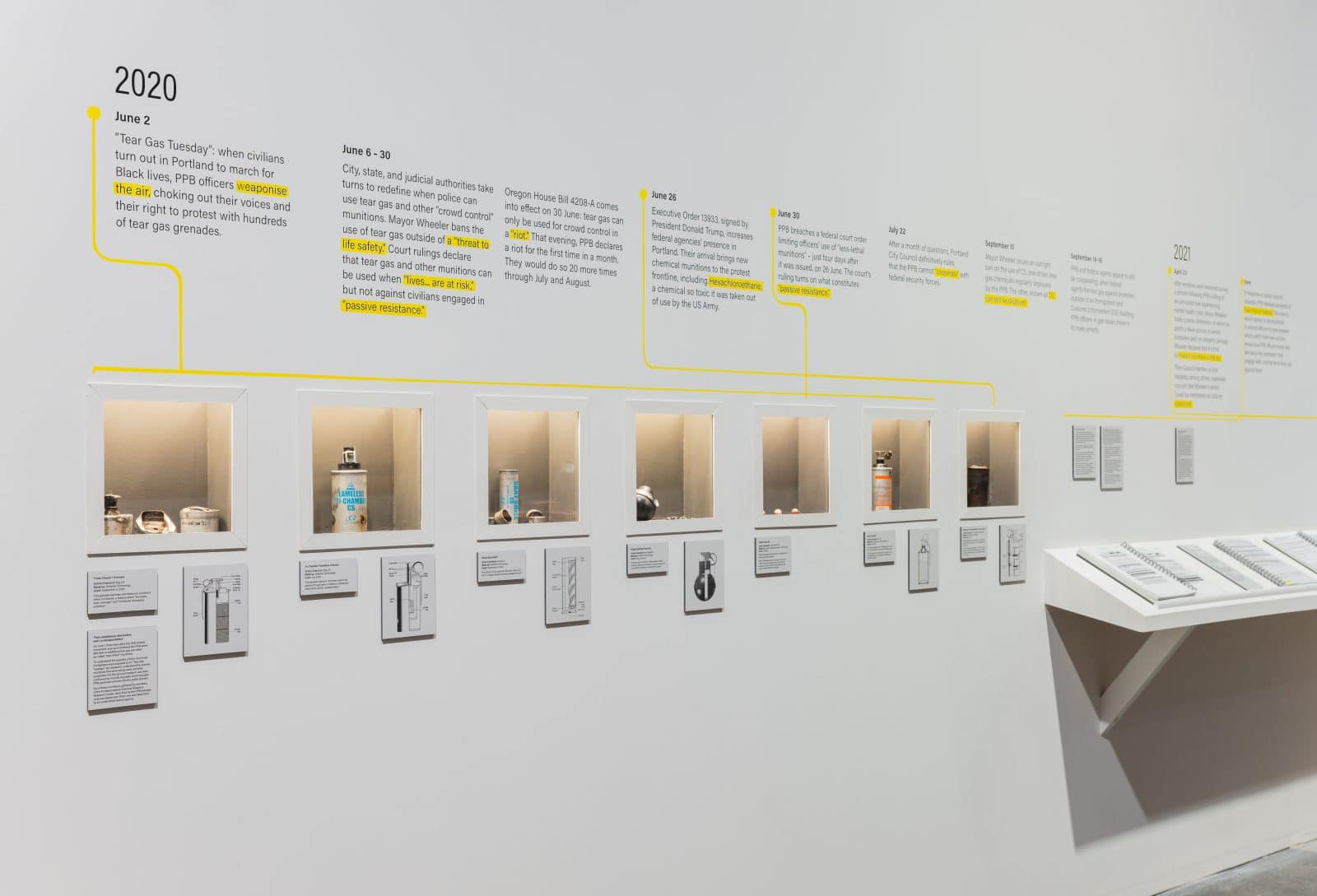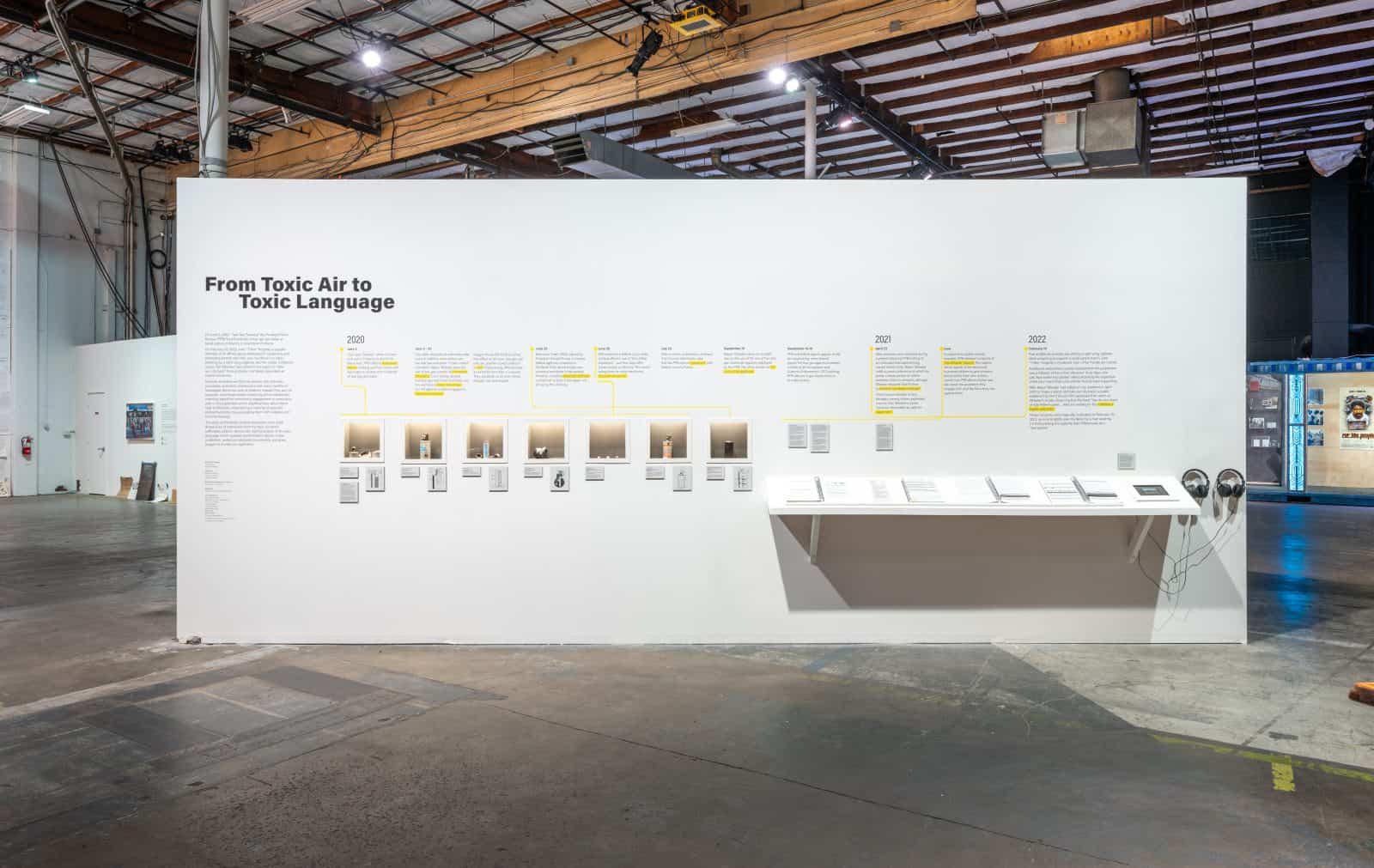Venue
Date
Exhibition Type
Portland Institute for Contemporary Art (PICA) announces a major exhibition Policing Justice. Guest curated by Nina Amstutz, Associate Professor of the History of Art and Architecture at the University of Oregon, and Cleo Davis, local social construct artist, designer, educator, historian, and community leader, this exhibition examines policing practices in Portland, Oregon, and their relationship to longer local and national histories of oppression through the lens of artists who call Portland their home and those who have witnessed and documented police brutality across the globe.
The extended George Floyd protests in 2020, which lasted longer in Portland than in any other city in America and were met with over 6000+ documented instances of police use of force, serve as a point of departure to explore Portland’s history of policing in relation to racial, environmental, spatial, and juvenile justice.
Local artists and activist groups reflect on these situated histories through a series of commissioned installations, including work by Don’t Shoot Portland, Master Artist Michael Bernard Stevenson Jr. in collaboration with Blue, and Cleo Davis and Kayin Talton Davis in collaboration with Robert Clarke and Kimberly Moreland. Complementing these regional collaborations, a selection of works on loan by Alfredo Jaar, Sandy Rodriguez, and Carrie Mae Weems will situate what happened in Portland in a national context. Policing Justice will also showcase a three-part video installation by the British research and arts organization Forensic Architecture, which includes a recent investigation into the Portland Police Bureau’s use of tear gas against protesters in 2020 and its environmental and health impacts. The exhibition will be accompanied by an active programming schedule, including a symposium, film series, workshops, and panel discussions, which center on locally impacted communities.
From Toxic Air to Toxic Language
On June 2, 2020, “Tear Gas Tuesday,” the Portland Police Bureau (PPB) fired hundreds of tear gas grenades at racial justice protesters in downtown Portland.
On February 19, 2022, June “T-Rex” Knightly, a popular member of an affinity group dedicated to supporting and protecting protest marches, was murdered in a mass shooting by a right-wing vigilante. Months earlier, Portland’s mayor, Ted Wheeler, had called for the public to “take our city back” from protesters he falsely described as violent extremists.
Forensic Architecture (FA) has worked with activists, journalists, scientists, and lawyers over many months to investigate these two acts of violence. Indeed, they are not separate: a bankrupt model of policing which substitutes chemical attack for community engagement is continuous with a City leadership which amplifies fears about black-clad antifascists, endangering a majority of peaceful protest facilitators by associating them with violence and criminal damage.
The story of Portland’s protest movement since 2020 draws lines of connection from the toxic air which suffocates citizens’ democratic right to protest, to the toxic language which spreads disinformation about civilian protesters, undercuts solidarity movements, and gives oxygen to murderous vigilantism.
